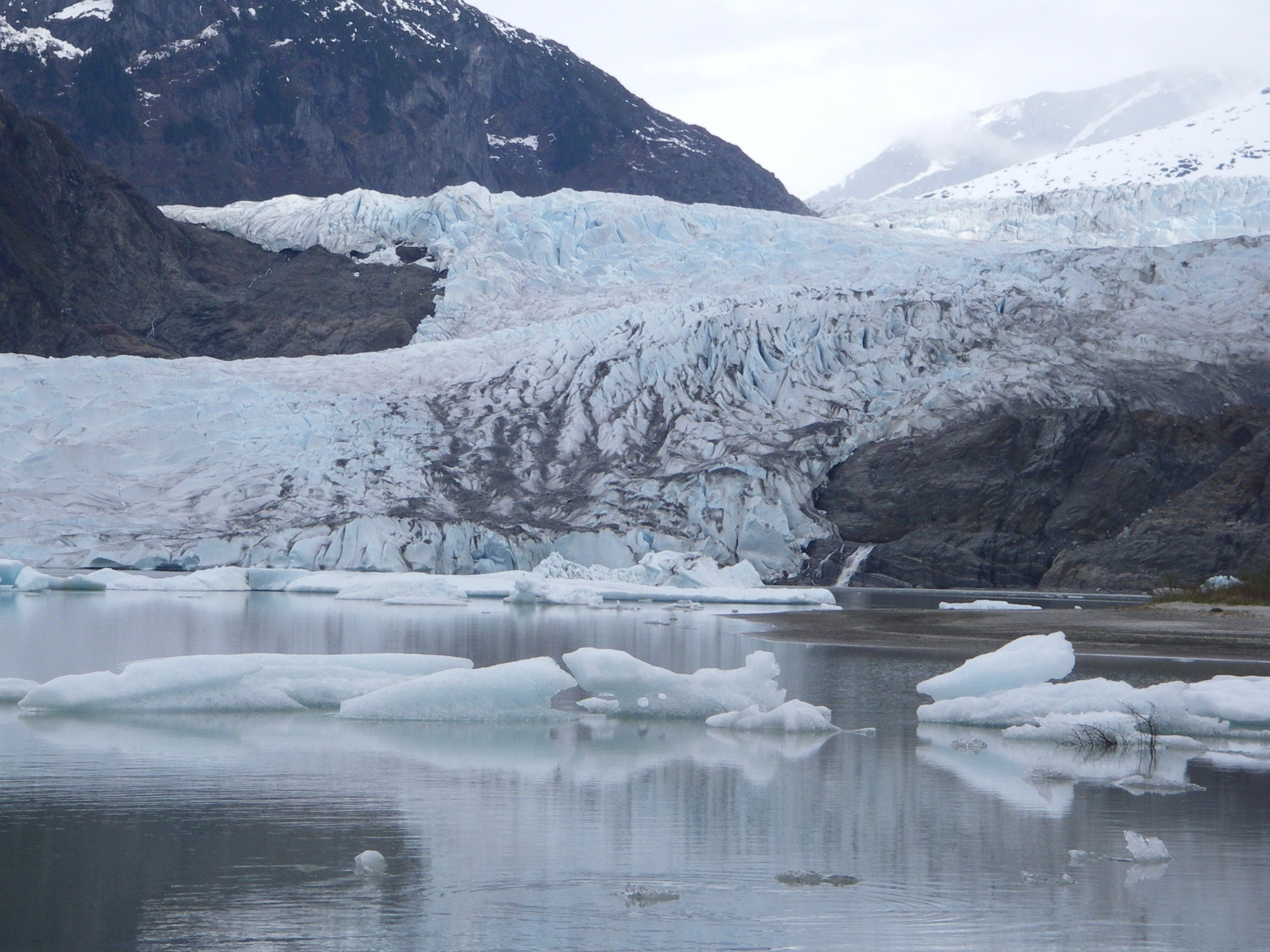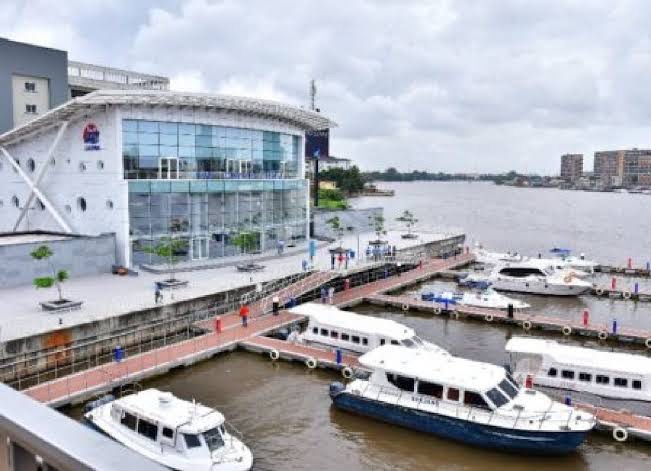GRLife
Fast-changing Arctic and North Atlantic conditions bring route risk


Climate change is impacting ice hazards for shipping, freeing up new trade routes in some areas, while increasing the risk of ice in others. More information on the Safety and Shipping Review 2018.
There was another milestone for Arctic shipping in early 2018 when a specially-designed LNG tanker became the first commercial ship to travel the Northern Sea Route in winter and without the assistance of an ice breaker.
The Eduard Toll successfully journeyed from South Korea to Montoir, France via northern Russia, shaving around 3,000 nautical miles off the traditional transit via the Suez Canal.
It followed the transit in August 2017 of another specially-designed tanker, the Christophe de Margerle, which became the first merchant ship to sail across the Arctic Ocean without the aid of an icebreaker. It took just 19 days to reach South Korea from Norway, almost a week faster than going via the Mediterranean.
Arctic ice has been thinning and retreating over the past 40 years, bringing new opportunities for shipping, but also serious environmental concerns. Research shows the mean center of shipping activity moved 300km north and east— closer to the North Pole—over a seven-year span.
As a result, a growing number of vessels are sailing in Arctic waters. For example, cargo volumes on the Northern Sea Route (NSR) increased by nearly 40% to 9.7 million tons in 2017, the biggest annual volume ever, according to the Russian Federal Agency for Maritime and River Transport.
This is expected to rise to 40 million tons by 2022, reflecting the development of oil and gas fields, and 70 to 80 million tons by 2030. “Climate change could open up new shipping routes in the Arctic, such as the North West Passage, and routes across Russia and Canada. These routes will have advantages as well as disadvantages. For example, a collision in a remote hostile environment like the Arctic could prove challenging, and would be a long way away from salvage teams,” says Volker Dierks, Head of Marine Hull Underwriting, AGCS Central & Eastern Europe.
In February 2018, China announced plans for an “Arctic Silk Road” by developing shipping lanes opened up by global warming. China said it would encourage infrastructure development and conduct commercial trial voyages in Arctic waters, with plans to build its first Polar expedition cruise ship by 2019.
At the beginning of 2017 the International Code of Safety for Ships Operating in Polar Waters (Polar Code) came into force. The code introduces mandatory requirements for shipping in Polar regions, principally relating to ice navigation, manning and ship design.
“The Polar Code continues to be refined,” says Captain Andrew Kinsey, Senior Marine Risk Consultant, AGCS. “Arctic conditions are fast-changing and the normal International Maritime Organization review updates are too slow. For these new shipping routes we need to find faster ways to disseminate information and the lessons of successful transits.”
Ships operating in Arctic waters are bound by the Polar Code, but ice is also posing a significant hazard for shipping elsewhere.
Outside the Arctic and Antarctic, a number of so-called conditional areas also carry a higher risk of ice, including the Gulf of St. Lawrence, Alaska, Sakhalin, Russia and the Baltic Sea. Trading in these areas has also been increasing with global warming.
There is also a threat of ice hazards in more southerly shipping routes from icebergs. At the end of 2017, the US Coast Guard’s International Ice Patrol warned shipping companies that an unusual number of icebergs were drifting into shipping lanes. It found that over 1,000 icebergs had drifted into North Atlantic shipping lanes in 2017, marking it the fourth consecutive season where the danger has been classified as “extreme”.
“Such extraordinary conditions require complementary training for crew, as well as additional routing support,” says Arnaud Gibrais, a Senior Marine Risk Consultant at AGCS, based in Paris.
“A melting Arctic could lead to an increase in icebergs affecting trade routes, although this has not yet been a problem for the major north, south, east or west shipping lanes. But this might become more of an issue in the future,” adds Dierks.
Climate researchers at the University of Manitoba, Winnipeg have also claimed more Arctic sea ice is entering the North Atlantic Ocean, increasing the level of hazard for ships in late spring. Arctic sea ice blocked normally open areas of ocean around Newfoundland in May and June 2017.
The ice cover trapped many ships and even sunk some boats when it punctured hulls, the research found.
Education
Federal Government Sets To Commence School-To-Work Scheme


The Federal Government says plans are underway to launch a school-to-work scheme to enable youths to become productive and self-employed.
The Executive Secretary of Universal Basic Education Commission (UBEC), Dr. Hamid Bobboyi disclosed this in Abuja during a meeting with Commissioners of Education, Executive State and FCT Universal Basic Chairmen, Education Boards and UBEC on the School-to-Work Scheme.
Bobboyi in his keynote address, disclosed that the target group for the scheme are learners in the junior secondary schools. He added that it will provide them the opportunity to detect early in life where their talents and potential lie, between academic pursuit and vocational skills development.
Explaining how the Scheme will run, the UBEC Boss stated that it is structured to provide at least six months training, broken into two months per year of study in the junior secondary school.
Also speaking, the Director Basic Education, Federal Ministry of Education, Dr. Folake Davies, stated that the Scheme which is inline with the road map policy of the ministry, is designed to provide youths with the requisite experience necessary to excel whenever they find themselves in the working environment.
The Director, who was represented by Rose Onoja stated that only collaborative effort from the Federal, State, and Local Government levels and active involvement from the private sector will make the implementation of the program successful. Liberate actions to mitigate the living conditions of their constituents.
Entertainment
Big Congratulations To BBNaija Star, Miracle Igbokwe Who Graduated With Distinction From Embry-Riddle Aeronautical University In Florida USA


The reality TV star disclosed this on his Instagram story on Friday, sharing a video of the moment he climbed the stage to receive his certificate.
Over the years, He has carried us along his Journey of becoming a trained pilot. In July 2018, Ikechukwu obtained his Private Pilot License and Flight Dispatcher License.
In March 2019, he further disclosed that he obtained his certification as an “Instrument Rated” pilot.
He was also reported to have celebrated passing his Flight Instructor exam in 2023, as he completed his aviation training and earned pilot certification from US aviation authorities in 2024.
Miracle was in aviation school before the BBNaija show and returned to complete his training immediately after clinching the grand prize.






We congratulate him on his commitment to achieving this height. And we wish him the very best ahead.
Spotlight
Nigerian Woman Breaks Guinness World Record With 55-Hour Interview Marathon


Nigerians are actively participating in the Guinness World Records breaking feats which is quite encouraging and interesting.
You can say this has been the order of the day for over a year now as determined individuals have been coming into the spotlight to showcase their ability to break previously held records on different skills and talents.
This time around, Nigerian social media entrepreneur Clara Chizoba Kronborg has broken the world record for the longest interviewing marathon with a time of 55 hours 24 seconds.


The previous record was 37 hours 44 minutes by Rob Oliver (USA) in 2022.
Congratulations to Clara Chizoba on her Guinness World Records feat.
-



 News5 days ago
News5 days agoNigerians Seek Woman Who Spoke Out Eloquently Against Fuel Scarcity In Viral 1994 TV Clip
-



 News4 days ago
News4 days agoAnambra State Government Arrests Man For Marrying Off His Underage Daughter
-



 News3 days ago
News3 days agoIPOB Declares May 30th As Sit-at-home Day Across The Southern East States To Honour Biafran Fallen Heroes
-



 Education2 days ago
Education2 days agoFederal Government Sets To Commence School-To-Work Scheme
-



 News2 days ago
News2 days agoLady Dies After Friends Pushed Her Into Boiling Pot Of Fresh Pepper In Delta State
-



 Finance1 day ago
Finance1 day agoEFCC Chairman Tasks Nigerian Youths Against Crimes And Fraudulent Acts






